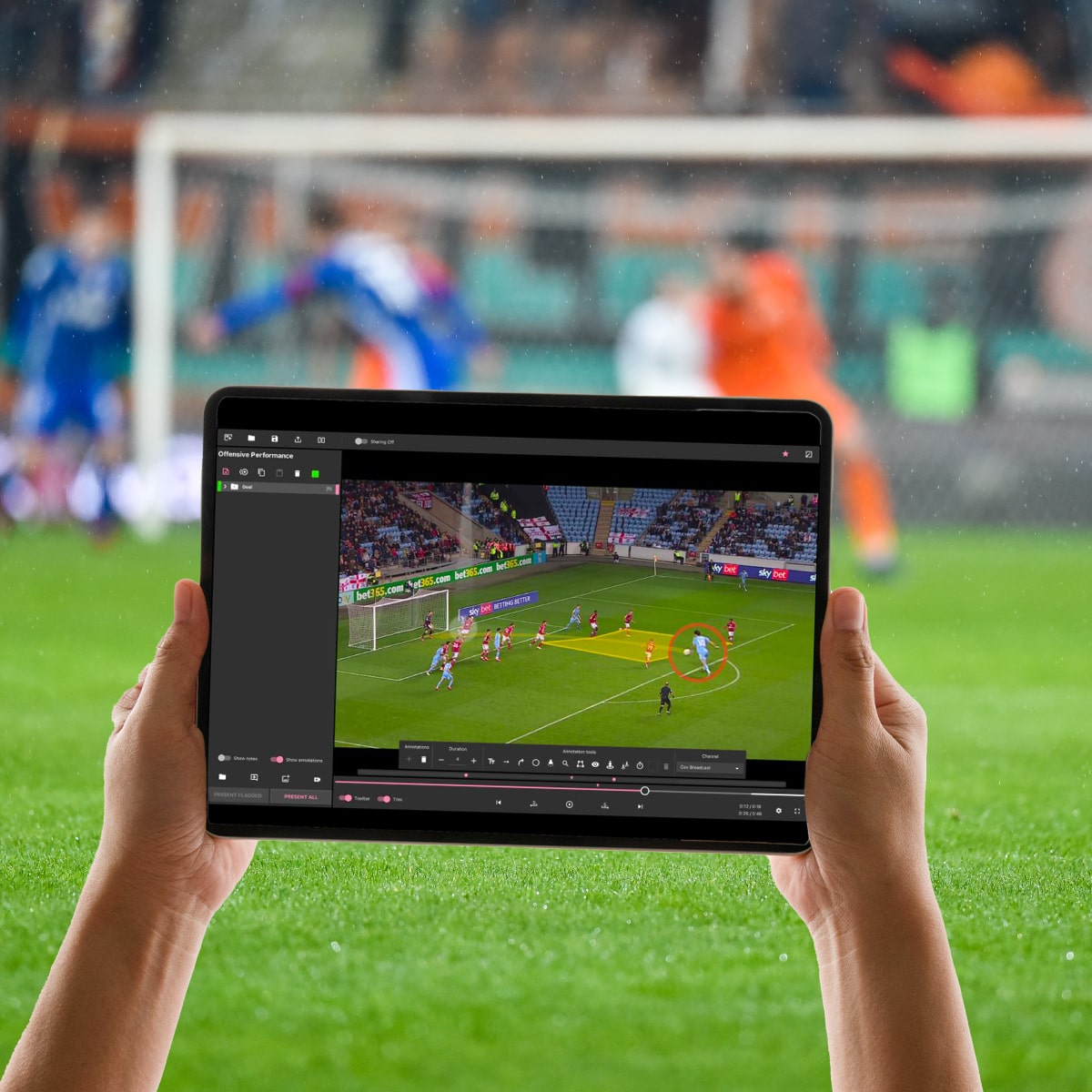Modern football is no longer decided only by intuition and grit; it is increasingly shaped by numbers, patterns, and predictive models. A dedicated football analysis program acts as the digital brain room where coaches, analysts, and even players decode the chaos of ninety minutes into actionable intelligence. By fusing computer vision, machine-learning algorithms, and cloud-computing power, such software transforms every pass, sprint, and positional shift into a quantifiable event that feeds strategic planning, player development, and opponent scouting.
1. Data Capture: From Pixel to Event
High-resolution cameras installed around the stadium track player skeletons thirty times per second. GPS vests and LPS (local positioning system) tags add centimetre-level accuracy to accelerations and decelerations. The football analysis program merges these feeds, applies Kalman filters to reduce noise, and outputs a clean X-Y-Z coordinate stream. Computer-vision models trained on thousands of labeled frames recognize actions—dribbles, pressures, blocks—using a combination of CNN feature maps and transformer-based temporal modules. Within minutes of the final whistle, complete event files and heat-maps are ready for review.

2. Performance Metrics That Matter
Traditional tallies such as goals or possession percentage barely scratch the surface. Today’s software calculates Expected Goals (xG) from shot location, defender proximity, goalkeeper set position, and even weather conditions. Passing networks reveal centrality scores that identify overload patterns or hidden playmakers. Defensive metrics measure “packing” (the number of opponents bypassed) and pressing intensity via the PPDA (passes per defensive action) index. Fatigue curves combine instantaneous heart-rate data with running loads, allowing coaches to substitute players minutes before performance collapses.
3. Opposition Profiling & Scenario Planning
Machine-learning clusters group rival teams into tactical families—high press, low block, positional play, direct transition—based on hundreds of variables. Monte-Carlo simulations then run 50,000 virtual matches, swapping in alternative line-ups, formations, and pressing heights. The program outputs probability distributions for clean sheets, ball progression, and set-piece efficiency, giving staff evidence-based talking points for pre-match meetings. A Bayesian layer updates these forecasts as new data arrives, ensuring each week’s model is sharper than the last.
4. Athlete Development & Injury Mitigation
Micro-cycles constructed by the software balance mechanical load with neural freshness. Workload ratios such as acute-to-chronic (A/C) are visualized in traffic-light dashboards; amber and red zones automatically trigger reduced training volumes or recovery protocols. Growth curves for youth players benchmark speed, strength, and technical execution against academy cohorts, predicting the likelihood of first-team breakthrough. Video analytics link every physiological spike to its on-ball context—perhaps a redundant sprint after a sloppy pass—teaching athletes to economize effort through better decision-making.
5. Real-Time Bench Tools
Cloud-based micro-services stream live probabilities to tablets on the touchline. If the win probability drops below 35 %, the algorithm recommends substitution templates sorted by predicted impact: a vertical runner to stretch a tiring back line, or an extra pivot to stabilize build-up under increased pressing. Instant replay modules tag sequences where Expected Threat (xT) exceeded 0.25, letting assistants present concise visual evidence to the head coach within seconds.
6. Implementation Roadmap for Clubs
• Hardware: 4K cameras (minimum 25 fps), LPS anchors, GPS vests, edge servers for GPU inference.

• Software stack: OpenCV for video ingestion, TensorFlow or PyTorch for model training, Apache Kafka for real-time data pipelines, Postgres/TimescaleDB for storage, and a React front end for interactive dashboards.
• Personnel: One data architect, two data engineers, three analysts, and one sports scientist; budget permitting, hire a machine-learning PhD to maintain model relevance.
• Data governance: Encrypt personal performance data, comply with GDPR, and anonymize youth players where required.
• Feedback loop: Hold bi-weekly “analytics hygiene” meetings where coaches critique metric utility; retire any statistic that fails to influence a coaching decision within eight weeks.
7. Future Outlook
Federated learning will let multiple clubs collaboratively improve models without exposing sensitive data. Reinforcement learning agents will design entirely novel set-piece routines by discovering geometrical inefficiencies human coaches overlook. Augmented-reality headsets may project pressing traps onto the grass during training, closing the loop between digital insight and muscle memory. Whatever the next breakthrough, the essence remains unchanged: a football analysis program distills the beautiful game into knowledge, and knowledge—when trusted and translated—becomes victories.




































